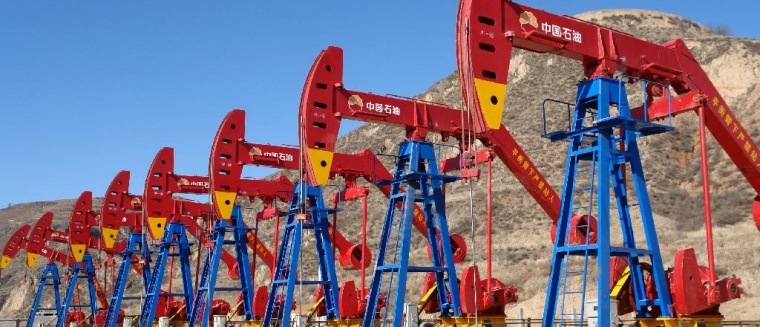The differences between the applications of high-purity Polyanionic Cellulose and low-purity Polyanionic Cellulose in the oil drilling industry are as follows:
Performance
1. High-purity polyanionic cellulose: less impurities, can play a more full role in drilling fluid, can significantly improve the viscosity and shear force of drilling fluid, and enhance the ability of mud to suspend and carry cuttings. Under extreme conditions such as high temperature, high pressure, and high salt, it can keep the drilling fluid stable and rheological, effectively control the filtration loss, form a low-permeability, flexible, thin and dense filter cake, better protect the well wall, and inhibit the dispersion and expansion of clay and shale.
2. Low-purity polyanionic cellulose: Because it contains more impurities, it is relatively ineffective in improving the viscosity and shear force of drilling fluids. It has a weak ability to maintain the stability and rheology of drilling fluids in extreme environments, and the effect of controlling filtration loss is not ideal. The quality of the filter cake formed is poor, and the ability to inhibit the dispersion and expansion of clay and shale is also weak.
Cost of use
1. High-purity polyanionic cellulose: Due to its superior performance, the dosage is usually less than that of low-purity products to achieve the same effect. For example, in freshwater drilling fluids, it may only take a small amount of high-purity polyanionic cellulose to achieve the required viscosity and filtration loss reduction effect.
2. Low-purity polyanionic cellulose: In order to achieve similar performance to high-purity products, it is often necessary to increase the dosage, which may lead to an increase in the overall cost of use, and excessive use may have a negative impact on other properties of the drilling fluid, such as abnormally high viscosity and increased processing costs.
Impact on equipment
1. High-purity polyanionic cellulose: It can better control the performance of drilling fluid, make the drilling fluid more stable during the circulation process, and cause less wear on drilling equipment, which helps to extend the service life of drilling equipment and reduce maintenance costs and equipment replacement frequency.
2. Low-purity polyanionic cellulose: It may not be able to control the performance of drilling fluid well, resulting in instability in the circulation process of drilling fluid, such as viscosity fluctuations, excessive filtration loss, etc., which may increase the wear of drilling equipment, shorten the service life of equipment, and increase the cost and frequency of equipment maintenance and replacement.
Applicable scenarios
1. High-purity polyanionic cellulose: It is suitable for various complex drilling environments, such as deep wells, high-temperature wells, salt water wells and offshore oil drilling, which have extremely high requirements for drilling fluid performance.
2. Low-purity polyanionic cellulose: It is generally suitable for some ordinary drilling operations with relatively simple geological conditions and not particularly demanding requirements for drilling fluid performance. In these scenarios, cost considerations may be more important.
